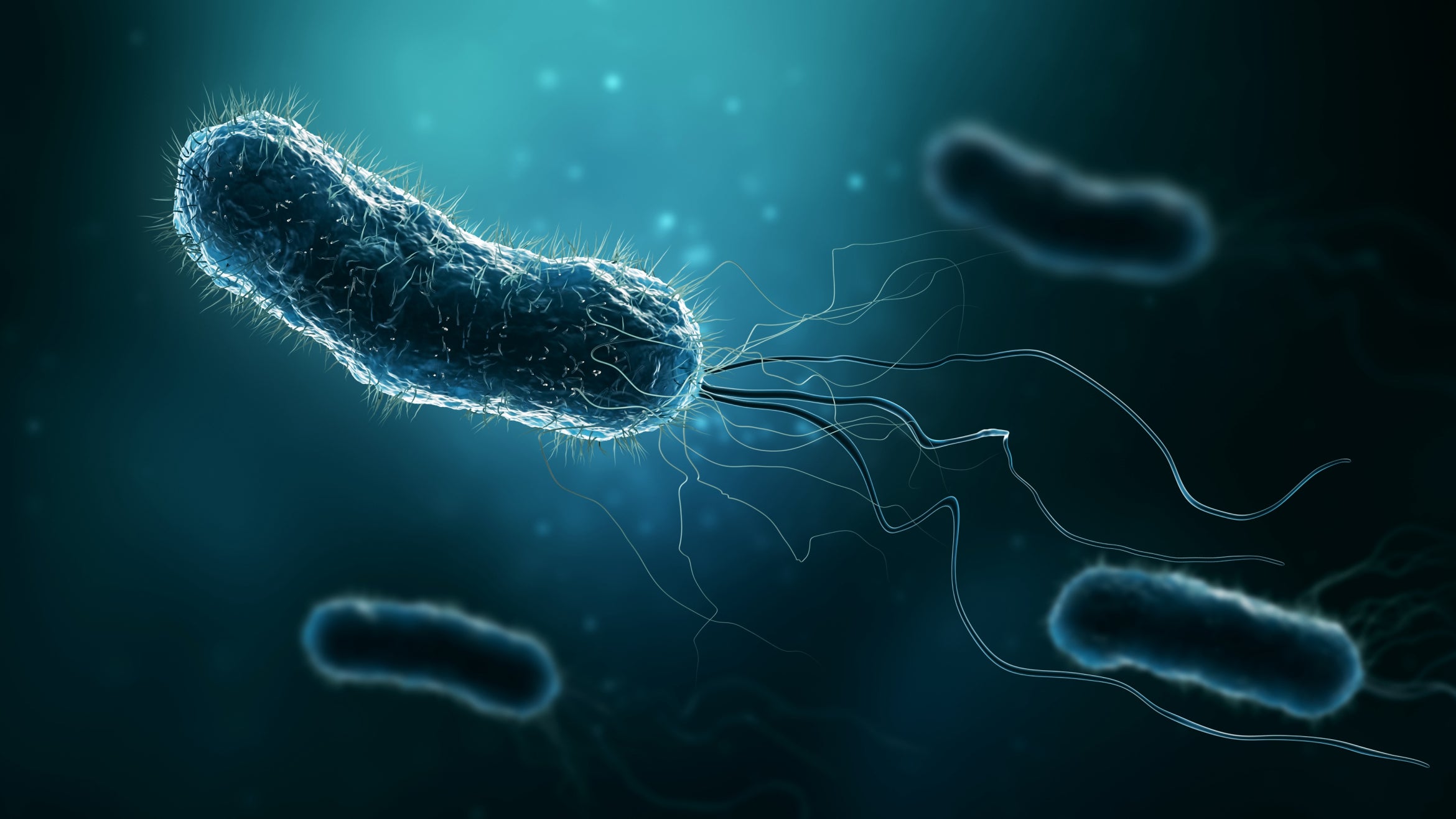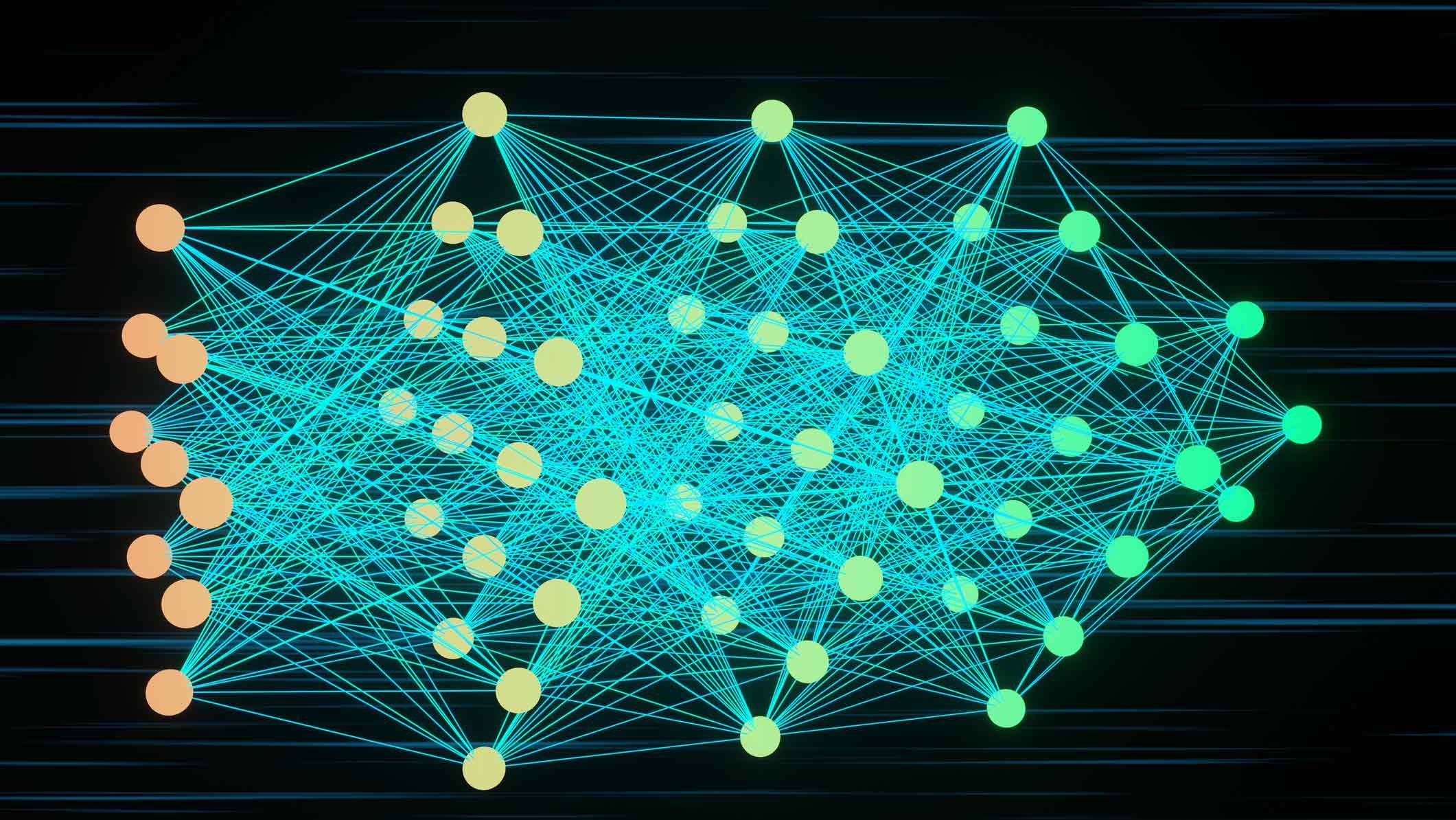Seven years ago, UC Santa Barbara researchers caught an unexpected phenomenon on film: A pool of red dye that somehow “knew” how to solve a maze filled with milk. Propelled forward by a couple drops of soap, it unerringly found its way, avoiding dead ends and even making 90 degree turns in its path toward the exit.
What began as a demonstration of the complexity of fluid systems became an art piece in the American Physical Society’s Gallery of Fluid Motion, and ultimately its own puzzle that the researchers just solved. Their new study is published in the journal Physical Review Letters.
“We came up with this experiment because we were having a hard time convincing people of certain effects happening for the problem of drag reduction,” said associate professor Paolo Luzzatto-Fegiz, an assistant professor of mechanical engineering, whose research specialties include modeling flow and investigating drag — as in, the resistive forces that act on solid objects traveling through fluids.
“We had a hypothesis for how this worked,” Luzzatto-Fegiz said. “And this paper actually works out a mathematical model of that phenomenon.”
Of particular interest to the research group, which included UCSB engineering professor Frédéric Gibou and collaborators at Princeton University, University of Manchester in the UK, and the Université de Rennes in France, was the ink’s rather uncanny ability to “choose” and move in the correct direction, when intuition would perhaps suggest that the ink would diffuse in a more general manner.
Surface tension — the cohesion that causes molecules on the surface of a fluid to pull together and act like a membrane, resisting exterior forces — plays a large role in this ink-on-milk experiment. The soap — a surfactant, or a substance that reduces surface tension — reduces local tension around the ink, creating motion. However, according to the researchers’ calculations, it’s the presence of surfactants already in the milk that help the ink/soap mixture solve the maze.
“The added surfactant and the preexisting one end up working together,” Luzzatto-Fegiz said. The endogenous surfactant already in the milk creates a landscape of varying resistances that push back on the ink and soap as the mixture moves through the maze, he explained. Dead ends and small spaces push back more strongly, according to the researchers, while the route with the greatest surface area, which also happens to be the one with the exit, offers the path of least resistance.
“That means the added surfactant instantly knows the layout of the maze,” Luzzatto-Fegiz said.
This work complements earlier studies of the forces that drive the movement of the ink/soap. Called the Marangoni effect, it’s what happens when there is a gradient of surface tension, such as that introduced by the added surfactant, which results in the liquid being pulled from regions of lower surface tension to areas of higher surface tension. This effect is a “new consequence” that hasn’t been studied yet, and can be relevant in applications and processes that involve “surfactant-driven transport in complex networks, such as lung airways,” according to the study, and “can inspire improved strategies for drug delivery or fluid transport in complex systems.”



